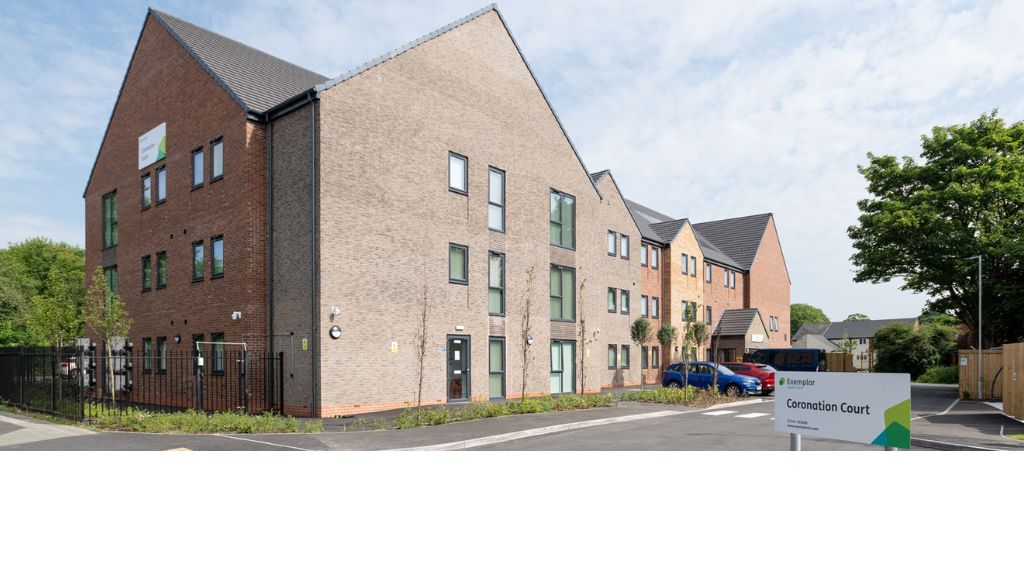Care home occupancy and profits rise as sector recovers from pandemic

UK care home operators have seen a 5% rise in occupancy and increased profitability as the sector recovers from the pandemic, according to global property adviser Knight Frank.
Knight Frank’s 2022 UK Care Homes Trading Performance Review, which represents 79% of the corporate market of over 100,000 beds, reveals occupancy rose to 84.3% from 79.4% last year.
Average weekly fees rose by 3.3% year-on-year to £980 with sector-wide EBITDARM (earnings before interest taxes, depreciation, amortisation, rent and management fees) as a percentage of income up modestly from 26.2% to 26.3%
Knight Frank’s research also highlights vast disparities between the profitability relative to care standards and size. Homes with an Inadequate CQC rating traded at a margin of 22% in comparison to homes with an Outstanding rating which traded at a 34% margin. In addition, the most profitable size range is homes between the size of 60 to 100 which trade at approximately 29%.
The report also highlights the challenges facing the sector with property costs and food costs up by 40% and 15%, respectively, while the average costs of utilities at a UK care home is around £58,000 annually. Knight Frank expects increasing emphasis will be placed on how government intervention will be able to limit cost growth in this area.
Julian Evans, head of healthcare at Knight Frank, said: “Despite further economic turbulence, we’ve seen further evidence of the resilience of the sector as proved by rising occupancy rates and stabilising profit margins. However, it would be remiss not to acknowledge the potential headwinds due to inflationary pressures with rising energy costs, the cost-of-living crisis and staffing shortages and what extent average weekly fees can increase in line with these costs to ensure that the sector is best positioned to absorb these.
“There is no doubt that support from the government, local authorities and regulators is crucial in these challenging times and whilst we do remain optimistic on its outlook, the sector will be leaning on a combination of its operators, investors, developers, lenders and local government to maintain its resilience through the next 12-24 months.”




